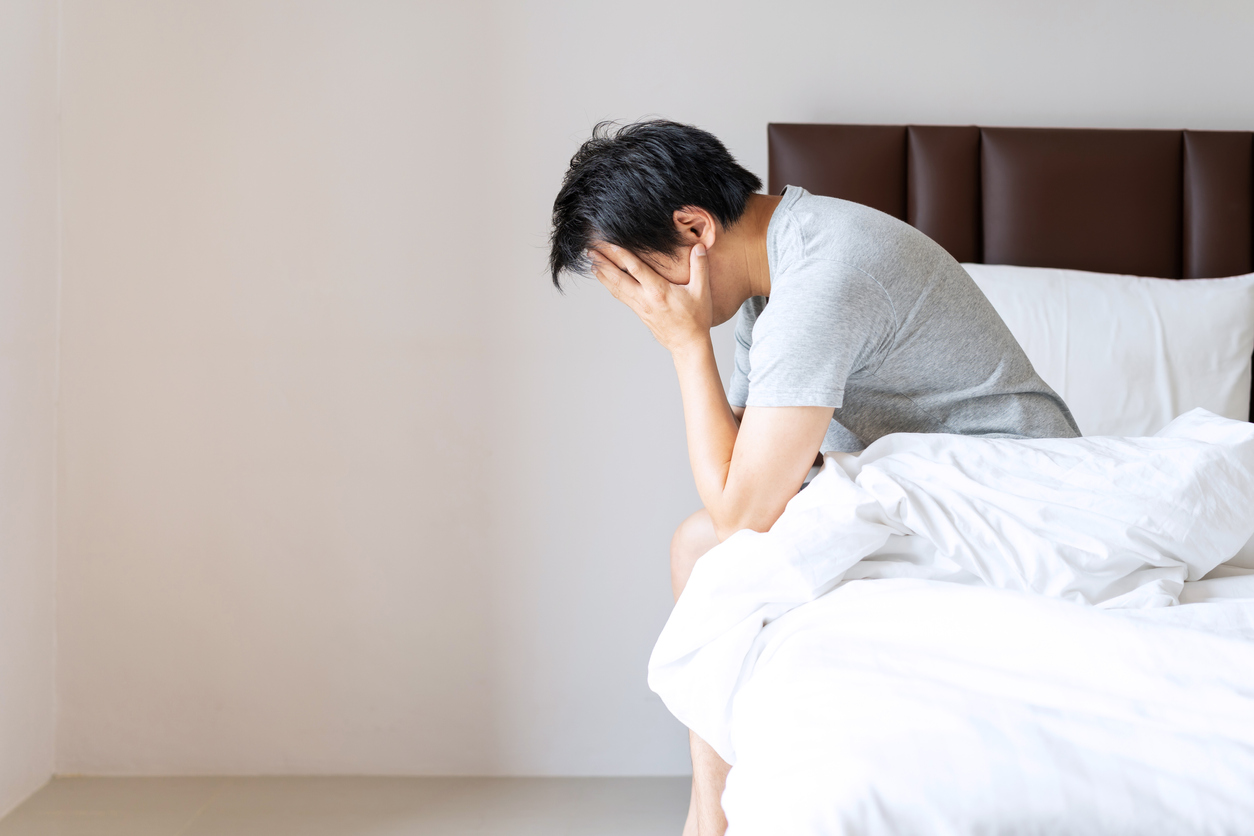
Challenges in Care for Erectile Dysfunction: Holistic Psychosexual Treatment Approach and Efficient Sexological Counseling — Part 2
What is the role of psychosexual consultation?
By the bio-psycho-social model, ED etiology is often multifactorial, combining psychogenic and organic components.(1)
Although erectile dysfunction involves an interaction between physiological and psychological pathways, erectile dysfunction’s bio-psycho-social, psychosexual, emotional, and relational aspects have received less attention.
Based on various findings, it is recommended that the practitioners use the sexological approach in addition to pharmacotherapy and – a group or couple cognitive behavioral therapy – over individual therapy for men with ED. (1)
Several studies report a high prevalence of psychogenic ED among young men due to dysfunctional sexual beliefs. Evidence-based sex education before prescribing any pharmacotherapy is required.(1)
Integrating psychosexual methods will improve the effectiveness of sexual dysfunction and erectile dysfunction treatments. (1)
The management of ED should include combination or integrated treatments whenever possible. (2)
Psychosexual consultations typically assess relationship stress, burnout, sleep deprivation, sleep apnea, vitamin D deficiency, post-SSRI sexual dysfunction (PSSD), side effects of medication and substance use (anabolic steroids), and the results of smoking and alcohol as significant factors causing ED. The practitioner needs to assess depression and anxiety, too. (3-6)
Psychosexual consultations typically focus on psychological and psychosexual factors, such as sexual performance anxiety (SPA), sexual shame, sexually dysfunctional beliefs, unrealistic sexual expectations, desensitization from overstimulation due to problematic sexual behavior (problematic use of adult content), anxiety over body image and past sexual trauma.
Furthermore, relational and emotional causes, such as relationship conflict, having an emotionally uncaring partner, insufficient sexual stimulation and partner enthusiasm, partner’s sexual problems (sexual pain), perceived incompatibility, and low-quality encounters, may all cause erectile problems.
25 % of men and 16 % of women in the US and UK reported feeling anxious about sexual performance at least once a month over the past year. (7)
Men often experience SPA along with ED and PE and a mental distraction that decreases sexual arousal. Also, catastrophizing increases the risk of erectile loss and often leads to avoidance and perceived low libido.
As said, erection-related and arousal-based problems on sexual performance anxiety can be managed by cognitive-behavioral sex therapy along with mindfulness-based psychosexual techniques with communication skills counseling or in combination with medication.
PSSD, post-SSRI sexual dysfunction; FSD, female sexual dysfunction
US, united states; UK, United Kingdom; ED, erectile dysfunction; PE, premature ejaculation
What are the other non-pharmacological approaches in ED management?
The latest non-pharmacological treatment approaches to ED involve lifestyle changes such as aerobic exercise: 20 minutes of daily aerobic exercise contributes to decreasing ED in men. (8)
Pelvic-floor physical therapy in ED consists of manual physical therapy techniques, biofeedback, low-frequency electrical stimulation, and vacuum erectile devices (VED) with a constrictive ring.
Pelvic Floor Muscle training (Kegel Exercises) and Stop-Start –method training (sensory awareness and stimulus control) are used for fast ejaculation.
Increasing evidence has suggested that pelvic floor muscle training PFM appears in treating ED by strengthening the pelvic floor muscles (tone and relaxation). However, no optimal treatment protocol for combining PMF with manual physical therapy has been identified. (9)
PMF training is easy, safe, and non-invasive and should be preferred in managing ED and PE. (10)
The best results are usually reached when combining pelvic-floor physical therapy methods with Cognitive Behavioral Sex Therapy CBST and mindfulness-based relaxation techniques.
Sensations cultivation Sensate Focus (by Masters and Johnson) and Soft-Penis Play -methods are aimed at:
– Reducing anxiety by increasing body-mind awareness for conscious sensing and relaxed, unhurried sexual pleasure and function during sexual arousal by the prohibition of penetration (no pressure to perform)
– Reducing negative automatic thoughts, ”I will fail again”: shame and sexual fears (unintended pregnancy, fast ejaculation)
– Challenging sexual dysfunctional beliefs, such as ”a real man is always ready for sex.”
– Challenging unrealistic expectations about male sexual performance (using adult content as sex education) with evidence-based sex education (condom-related erection loss, pull-out method)
– Increasing or decreasing sexual stimulation (lack of direct sexual stimulus due to low-quality encounter or desensitization due to overstimulation)
– Reducing catastrophizing, spectatoring, and failure-anxiety-driven sympathetic nervous system arousal, leading to decreasing sexual arousal during sex
– Managing sexual avoidance by moving from ”all-or-nothing” thinking to a pleasure-based ”good enough sex” –model. (11)
– Increasing sexual excitement and curiosity (”keeping the love and sex life alive”), scheduling date nights, and communication skills training in a relational context.
– Managing relationship stress in a power struggle in a couple and when trying to start a family.
Christina Lindea Saarinen
Psychosexual and relationship therapist
References
- Atallah et al. The Effectiveness of psychological interventions alone, or in combination with PDE-5i, for the treatment of erectile dysfunction: A systematic review. 2021.
- Perelman MA, et al. Int J Impot Res. 2003;15 Suppl 5:S67-74
- Allen MS, et al. J Sex Med. 2018;15(4):458-475
- Bancroft J. et al. Neurosci Biobehav Rev. 2000;24(5):571-9
- Corona G, et al. J Sex Med. 2011;8(6):1780-8
- Liu Q, et al. J Sex Med. 2018 Aug;15(8):1073-1082
- Pyke RE, et al. Sex Med Rev. 2020;8(2):183-190
- Gerbid. Et al. Physical Activity to Improve Erectile Function. 2018.
- Myers, et al. Pelvic Floor Muscle Training Improves Erectile Dysfunction and Premature Ejaculation, a Systematic Review. 2018.
- Jaacov et al. The Effect of Pelvic Floor Rehabilitation on Males with Sexual Dysfunction: a Narrative Review. 2021.
- Metz ME, et al. APA PyscNet. Available at – The Good Enough Sex (GES) model: Perspective and clinical applications. (apa.org). Accessed in 2013.



